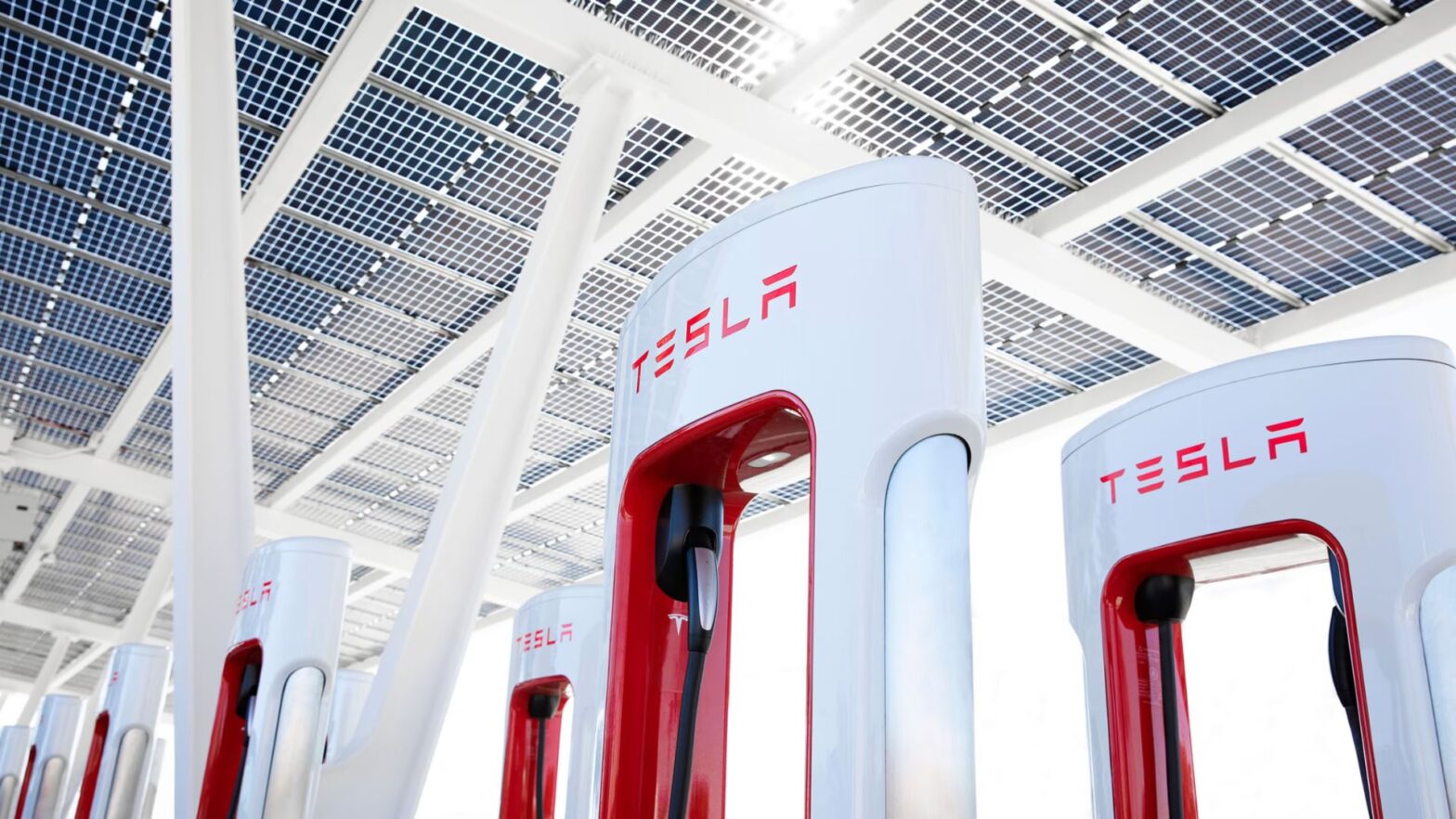Tesla’s recent price cuts for its Supercharger network are sending strong signals about the company’s strategic direction, focusing on growth, user accessibility, and maintaining leadership in the electric vehicle (EV) market. The reduction in Supercharger rates comes at a pivotal moment as Tesla’s network hits an all-time high in usage, making it both a necessity and a clear indication of the company’s evolving priorities.

For years, Tesla has touted the affordability of EV ownership as one of its key advantages. One of the biggest draws to owning a Tesla or another electric vehicle is the lower cost of operations compared to traditional gas-powered cars. However, in recent times, some Tesla owners have voiced concern about the rising costs of using Superchargers. In some cases, a full charge was reaching prices comparable to or even exceeding the cost of filling up a gas-powered car, undermining one of the strongest selling points of EVs. Tesla has now moved to address this issue, slashing Supercharger rates by up to 10 cents per kilowatt-hour (kWh) at select stations in North America and Europe.
According to Electrek, this price reduction aims to enhance Tesla’s long-term sustainability and expand its customer base. Tesla’s new head of charging, Max de Zegher, emphasized that the company is focused on making charging more affordable while ensuring the financial health of the network, allowing Tesla to continue investing in its growing infrastructure. The goal, as de Zegher outlined, is to “price low to accelerate EV adoption” and provide “dependable freedom to travel,” all while passing on cost efficiencies and sustaining the network’s growth.
These reductions are particularly significant as Tesla’s Supercharger network has seen a dramatic increase in usage in recent months. As more electric vehicles hit the road and the demand for fast-charging stations grows, it becomes crucial for Tesla to stay competitive, especially against rival charging networks that have started to offer more affordable options. This price cut may not only attract more Tesla owners but also help recruit non-Tesla drivers, especially as the company opens its Supercharger network to third-party EVs in some regions.
The decision to lower charging prices underscores Tesla’s long-term strategy of increasing EV adoption across the globe. As the market for electric cars grows, Tesla understands that maintaining an affordable and efficient charging infrastructure is key to keeping current users satisfied while attracting new customers. Lowering the cost to charge is not just a short-term solution to customer complaints; it’s a fundamental aspect of Tesla’s mission to make sustainable energy more accessible.
The price cuts have already been noticed by Tesla owners in regions like Quebec, where prices dropped from $0.50 per kWh to $0.42 per kWh. While still significantly higher than the home charging cost of $0.09 per kWh, these reductions mark a clear step toward balancing affordability with profitability.
What’s also noteworthy is that this adjustment aligns with Tesla’s broader strategy of reinvesting in the Supercharger network. The company is expanding its infrastructure, and this price shift signals its readiness to ramp up charging stations further, thereby making EVs even more practical for everyday consumers. As more people switch to electric vehicles, the need for a robust, affordable, and widely accessible charging network becomes more important than ever.
Tesla’s price cuts for Superchargers, combined with the company’s plans for network expansion and sustainability, point to a future where driving an electric vehicle is not just an environmentally conscious choice, but also a financially practical one. This move is a clear reflection of Tesla’s ongoing commitment to accelerating the global transition to sustainable energy, while also staying competitive in an increasingly crowded EV market.
















